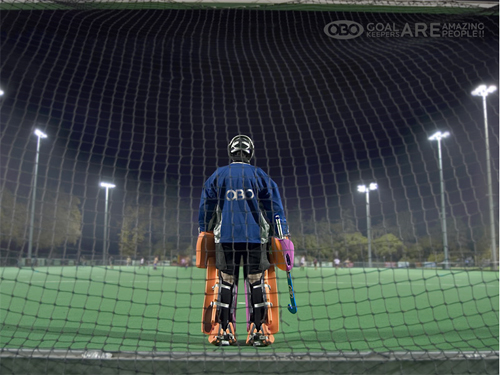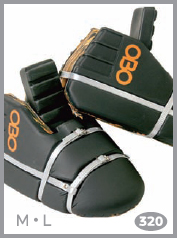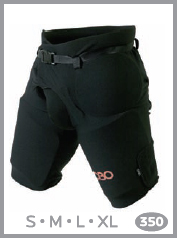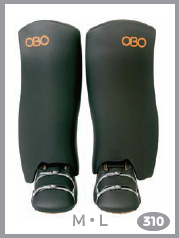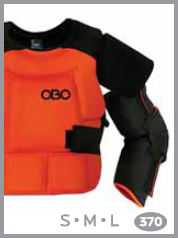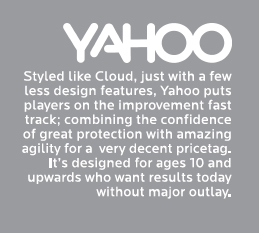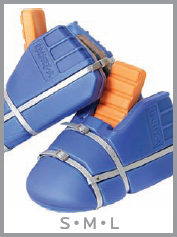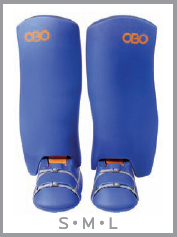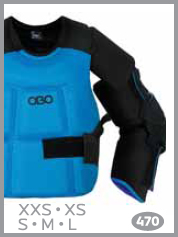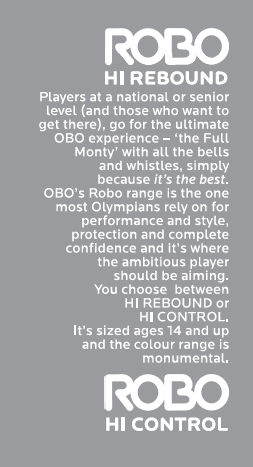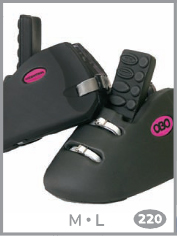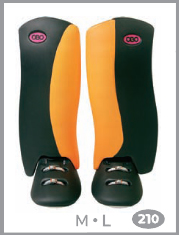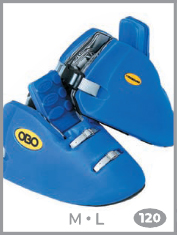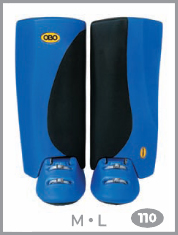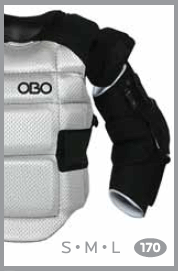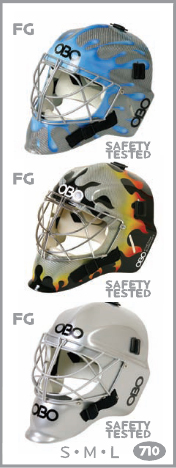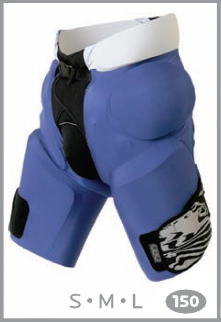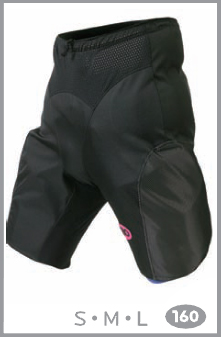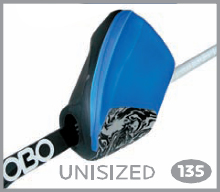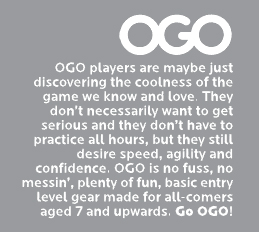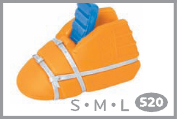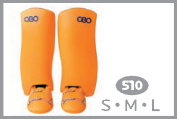How to be a Fireball of Energy
Think of your energy levels as a fire no fuel, the fire goes out and your energy levels decline. You need to continually feed the fire to keep your energy levels up. It’s important that you have sufficient fuel before, during, and after your training to keep your fire burning. If you’ve ever felt tired, light headed, uncoordinated or weak, it might just be that you’re low on fuel and your fire is going out. If you have high levels of fuel stored before training, you will be able to use that energy to train harder, for longer. Carbohydrate is the body’s fuel that stokes up your fire.
Good sources of carbohydrates come from breads, grains, pastas, fruit and vegetables.
Think of your energy levels as a fire no fuel, the fire goes out and your energy levels decline. You need to continually feed the fire to keep your energy levels up. It’s important that you have sufficient fuel before, during, and after your training to keep your fire burning. If you’ve ever felt tired, light headed, uncoordinated or weak, it might just be that you’re low on fuel and your fire is going out. If you have high levels of fuel stored before training, you will be able to use that energy to train harder, for longer. Carbohydrate is the body’s fuel that stokes up your fire.
Good sources of carbohydrates come from breads, grains, pastas, fruit and vegetables.
Energy for training:
The way you train is different to the way you play on game day. You may shed the gear and train with the rest of the team runs, sprints, aerobic exercises etc. Then the gears back on and it’s working on drills, agility, reflexes, and saves. Training can be quite intense, long, and arduous. It’s in these training situations that you have to have sufficient energy to get you through. Eating a carbohydrate meal before hand brings your energy levels up. Look to consume about 200g of carbohydrate 4 hours out from training. This will give you plenty of fuel to have your fire burning throughout training.
Consuming carbohydrates while you train, in the form of a sports drink, keeps your fire burning with a ready supply of energy to your muscles. This enables continued performance and delays the onset of fatigue.
After training, carbohydrates help maximise recovery and restore your energy levels to have you ready for your next training session or game.
Energy for the game:
On game day your energy requirements are different to training. Stretches, a light warm up run, a few practice saves, but nothing too physically intense. Then during the game, it’s short spurts of energy when the opposition’s on attack. While your team mates are out there running a marathon, your energy levels aren’t required to be as high, so a light carbohydrate meal should be sufficient a few hours out from game time. Sports drinks can be used before or during games.
